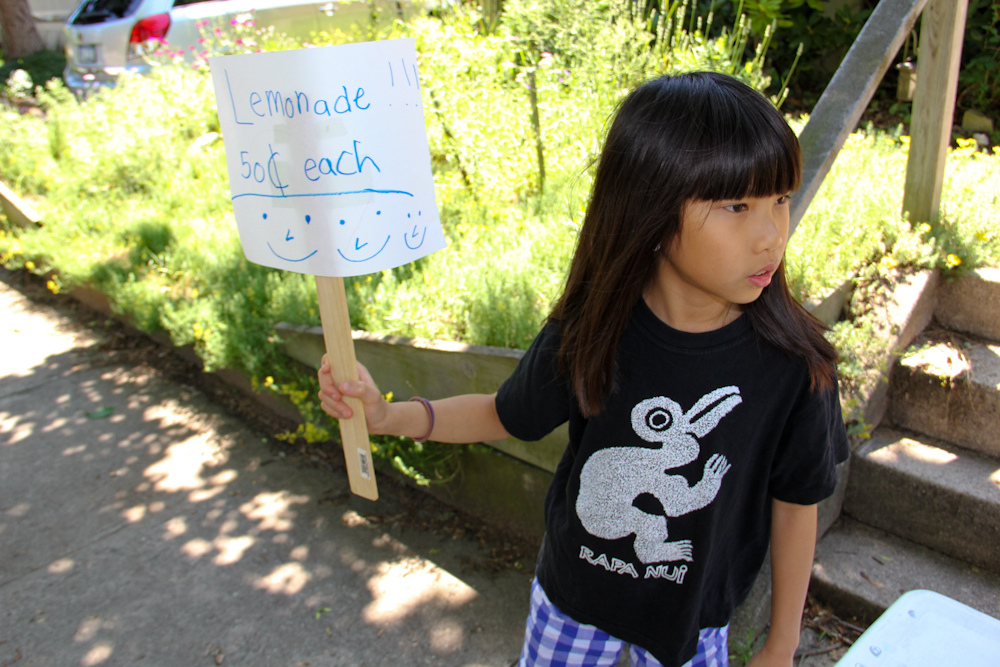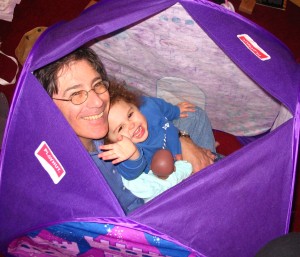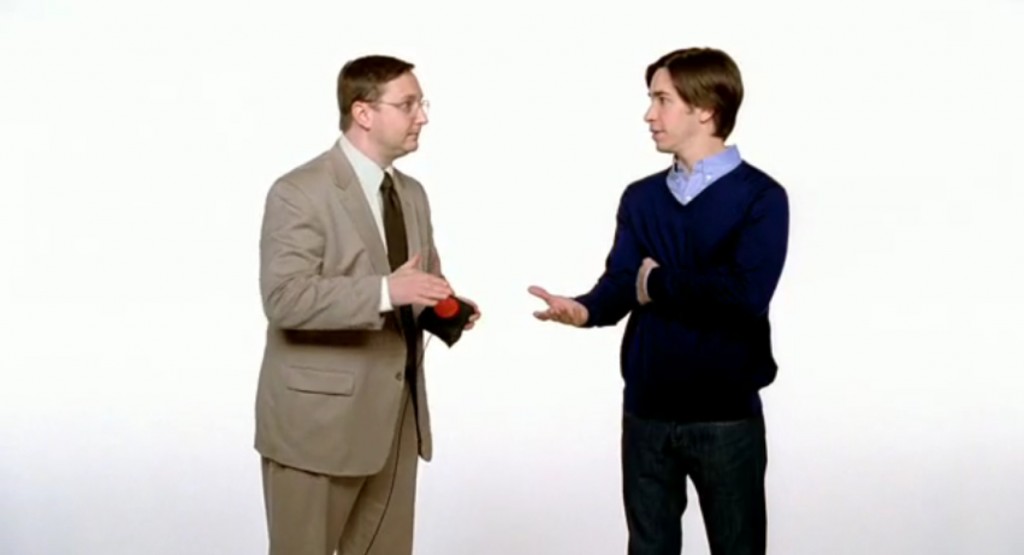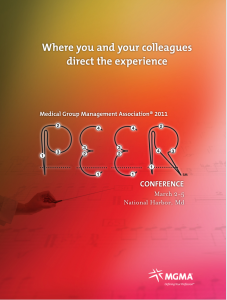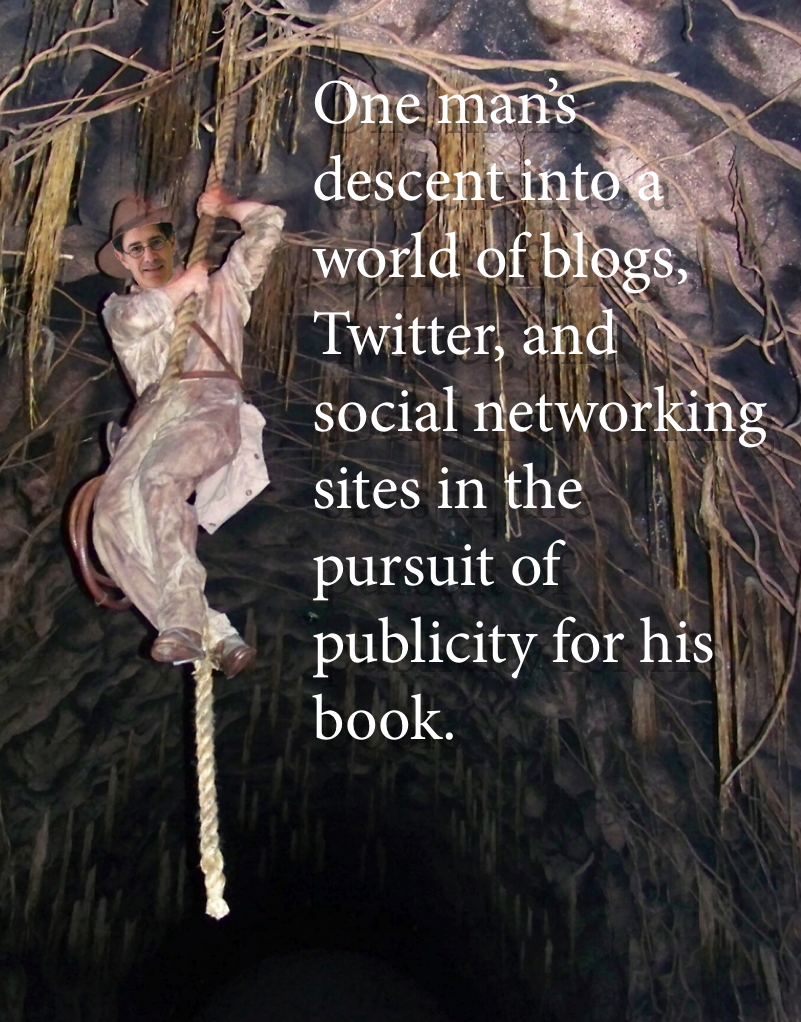Market your conference with an annotated schedule
Here’s a creative way to market your conference — with an annotated schedule!
Right after my last post on marketing a new peer conference, organizational and leadership development consultant Judy Warriner Walke suggested an additional way to help communicate what happens at a conference—an annotated schedule.
I like this idea! Walking potential attendees through the flow of the event helps to clarify and demystify conference process. (Especially if people haven’t attended an event format like Conferences That Work before.) Want to try to market your conference with an annotated schedule? Here’s an example of what you can do, written for the October 2013 1st Annual Vermont Leadership Network Conference.
Want to better understand what will be happening at the 1st Annual Vermont Leadership Network Conference? Here’s an annotated schedule!
[Note: Some details are omitted here! For more information, visit About Peer Conferences.]
Thursday, October 17, 2013
Registration will be open between noon and 2 p.m.
At 2 pm, after a brief welcome and an explanation of conference ground rules, we’ll start with The Three Questions. The Three Questions provides a structured, safe way for you to learn about other participants early in the conference. During The Three Questions, you’ll:
- discover topics of interest to explore;
- get a sense of the depth of interest in these topics; and
- find out who has experience and expertise that you want to connect with and explore further.
We’ll include frequent breaks and refreshments during the roundtable, ending around 4:30 p.m.
After an hour break, we’ll hold peer session sign-up during dinner. In peer session sign-up we’ll visually document our wishes and suggestions for the upcoming conference sessions. Then, we’ll determine which of the suggested peer session topics are popular and schedule the chosen sessions into a conference program. This is a short process that will be held during the dinner and subsequent socializing, with a small group subsequently using the resulting information to create Friday’s program. The result will be a Friday conference schedule that optimally matches desired topics with the resources of the group.
Friday, October 18
We’ll have time for four sets of (usually) one-hour concurrent sessions on Friday, with breaks between each and lunch served between sessions 3 and 4.
What might these sessions look like? They are typically informal: often facilitated discussions, presentations, panels, workshops, walks, etc. As an example, five years ago the class of ’08 used this conference format for a reunion—here are the topics that were chosen (8 sessions in concurrent pairs):
Fun and team camaraderie in the workplace • Fundraising • The political process – running for office • The systematic development of informed consent • Am I doing what I want to be doing? • Technology – social networking & other applications • Getting Things Done • Appreciative Inquiry
Closing sessions
At 2:40 pm we’ll end with two facilitated closing sessions, a personal introspective and a group spective.
The personal introspective will give you a structured opportunity to think about what you have experienced at the conference, how your experiences may impact your life in the future, and what changes you may want to make as a result. After reflection, you’ll then have an opportunity to share your answers in small groups.
After a break, a group spective will start at 3:50 pm. The group spective will provide facilitated time for participants as a group to evaluate the conference. We’ll also suggest and begin to develop future initiatives for Vermont Leadership and the Snelling Center. We’ll use a variety of techniques to do this.
The conference will end at 5 p.m. All are welcome to stay and socialize with their classmates and new friends at a reception hosted by the Snelling Center immediately following the conference.
As you can see, participation on Thursday will make a big difference to your conference experience and your influence on its form and content. Please attend the whole event if at all possible!
Outline of the conference schedule
To summarize, here’s the outline of the conference schedule for Thursday and Friday.
| Thursday, October 17, 2013 | |
| 12:00 PM – 02:00 PM | Registration |
| 02:00 PM – 02:10 PM | Welcome |
| 02:10 PM – 03:10 PM | The Three Questions |
| 03:10 PM – 03:30 PM | Break |
| 03:30 PM – 04:30 PM | The Three Questions continued |
| 05:30 PM – 07:00 PM | Dinner and peer session sign-up |
| 07:00 PM – | Informal chat, socializing, music, etc. |
| Friday, October 18 | |
| 08:30 AM – 08:40 AM | Morning news |
| 08:40 AM – 09:40 AM | Peer session 1 |
| 09:40 AM – 09:50 AM | Break |
| 09:50 AM – 10:50 AM | Peer session 2 |
| 10:50 AM – 11:05 AM | Break |
| 11:05 AM – 12:05 AM | Peer session 3 |
| 12:15 PM – 01:30 PM | Lunch |
| 01:30 PM – 02:30 PM | Peer session 4 |
| 02:30 PM – 02:40 PM | Break |
| 02:40 PM – 03:40 PM | Personal introspective |
| 03:40 PM – 03:50 PM | Break |
| 03:50 PM – 05:00 PM | Group spective |
| 05:00 PM – | Optional: class reunions, etc. |
Notice that I’ve added a regular schedule at the end of the annotation, so attendees can still easily see when all sessions take place.
I like this way of marketing your conference with an annotated schedule. Familiarizing people with something different in advance is a great way of reducing the common resistance to trying something new. Thanks for the suggestion, Judy!
Photo attribution: Flickr user stevendepolo

